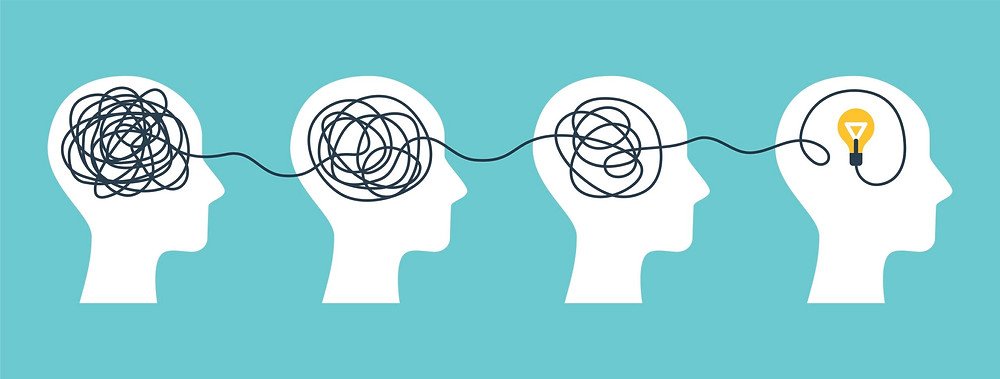Part 3: EMDR
how it helps with healing from trauma
EMDR (Eye Movement Desensitization and Reprocessing) was developed by Francine Shapiro in the late 1980’s and is guided by the Adaptive Information Processing (AIP) model. The AIP model proposes that negative psychological symptoms result from information about the traumatic experience/s was inadequately processed when the event occurred. EMDR is a psychotherapy that helps people heal from these traumatic memories/experiences. It is delivered in an eight-phase protocol that asks a client to recall a traumatic memory (either a visual, auditory or felt sense) while performing bilateral stimulation or BLS (moving the eyes side-to-side, tapping alternately on the legs or shoulders, or listening to tones). The therapy uses standardized procedures: history-taking, preparation, assessment, desensitization, installation, body scan, closure and re-evaluation. Unlike trauma-focused cognitive behavioural therapy (TF-CBT), EMDR does not require detailed verbal descriptions of the trauma, extended exposure, homework or challenging of cognitions. It works by helping the brain process memories that feel 'stuck'.
1. When something traumatic happens
Your brain might not fully process it. It’s like the memory gets frozen in time—bringing up the same painful feelings, thoughts, or body sensations as if it’s happening all over again (see last newsletter for more information on this).
2. EMDR helps unstick those memories
While you think about the upsetting memory, your therapist guides you through back-and-forth eye movements, sounds or taps (known as BiLateral Stimulation or BLS). This activates both sides of your brain, similar to what happens during REM sleep when your brain naturally processes information.
3. The brain starts to do its healing work
You still remember the event, but it becomes less upsetting. It feels more like something that happened in the past, not something you're reliving.
4. You begin to feel more in control
EMDR helps you replace negative beliefs (like 'I'm not safe' or 'It's my fault') with healthier ones (like 'I'm safe now' or 'I did my best').
There are multiple hypotheses that attempt to explain what is actually occurring within an individual to create this level of healing. The working-memory/dual-task hypothesis has the most empirical support, showing that simultaneous eye movements or tasks reduce the vividness and emotionality of traumatic memories. Physiological theories suggest bilateral stimulation mimics slow-wave sleep, promoting depotentiation of amygdala synapses and reconsolidation of memories.
In Short:
EMDR helps your brain process painful memories so they no longer feel overwhelming. It's like taking the emotional charge out of a bad memory so it doesn't control your life anymore. How the process of EMDR actually assists in reprocessing bad memories will continue to be researched over the years. What is important for me right now, is that after so many years of searching how to heal from things that happened to me when I was a baby and young child (as adults we don’t have a conscious memory to these events), EMDR is the only therapy I have found that did this for me. My nervous system has since calmed, my mind is more focused on the future and I experience a happier and enriched experience of daily life. Reach out if you feel you have something negative ‘stuck’ which stops you from living a truly fulfilling life as I would love to assist you in changing this.
Love, health and happiness to you all.
Cath

